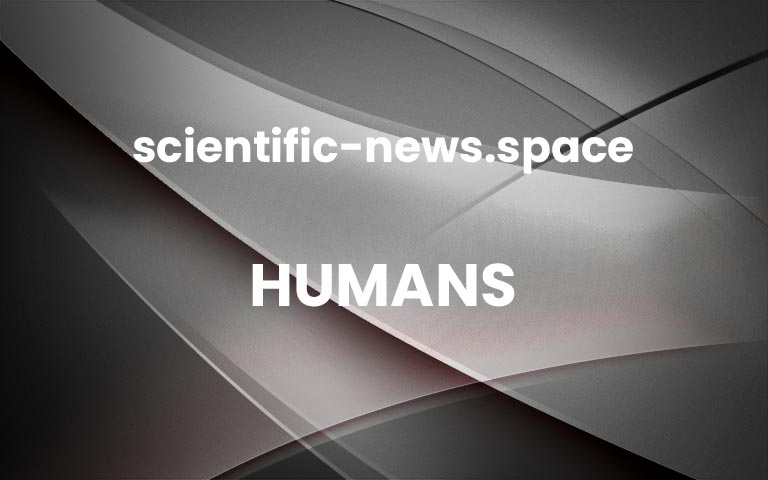Chernobyl staff denied access to radiation monitoring lab
Scientific monitoring of the Chernobyl nuclear power plant is being affected by the Russian invasion of Ukraine
Humans
8 March 2022
By Matthew Sparkes
Damage to infrastructure at the Kharkiv Institute of Physics and Technology neutron sourceState Nuclear Regulatory Inspectorate of Ukraine
Scientists monitoring radiation levels at Chernobyl are unable to access their laboratories and instruments because Russian troops control the plant, warns a worker who escaped the facility when it was captured by Russian forces on 24 February. Other staff still running the working power plants on the site are reportedly being held in poor conditions without the chance to take breaks away from the facility to rest.
“We continue scientific monitoring as much as possible,” says the nuclear expert from the National Academy of Sciences of Ukraine, who asked to remain anonymous for security reasons. “This is very far from [the] usual volume [of testing] because [my colleagues] have no access to our labs and instruments in Chernobyl, but we do our best in monitoring important values, sometimes by indirect data.”
The scientist tells New Scientist that all of his team were able to escape the facility and leave the Chernobyl Exclusion Zone on the first day of the invasion. Despite this, some of those staff are now caught in areas of intense fighting.Advertisement
Join us for a mind-blowing festival of ideas and experiences. New Scientist Live is going hybrid, with a live in-person event in Manchester, UK, that you can also enjoy from the comfort of your own home, from 12 to 14 March 2022. Find out more.
He says his team advises staff at the working part of the nuclear power plant and adds that they remain in contact. But it has now been almost two weeks since Russia seized the plant and the International Atomic Energy Agency’s (IAEA) director general Rafael Mariano Grossi says that the 210 staff on site have still not been able to leave for rest, something he stressed is important for them to carry out their jobs safely.
The anonymous scientist says that workers at the plant are “heroes” for continuing to ensure nuclear and radiation safety under those conditions.
The IAEA has now listed a series of incidents at nuclear power plants that it says present a risk to safety, although there are no signs or evidence of radiation leaks.
“We cannot go on like this, there has to be clear understandings, clear commitments not to go anywhere near a nuclear facility when it comes to military operations,” said Grossi at a press conference yesterday.
On the first day of the invasion there were radiation spikes at the Chernobyl plant which the State Inspectorate for Nuclear Regulation of Ukraine put down to Russian military vehicles stirring up radioactive dust.
On 26 February, an electrical transformer at a radioactive waste disposal facility near Kharkiv was damaged, and the following day missiles hit the site of a similar facility in Kyiv. No radiation leaks were detected after these attacks.
On 4 March a fire was started by missiles targeted at the Zaporizhzhia nuclear power plant. The blaze was later put out, but reports suggest that firefighters initially came under fire from Russian forces.
A neutron generator at the Kharkiv Institute of Physics and Technology used for scientific research has also been destroyed by shelling, says Grossi, and there are also concerns about a lack of communication from staff at an oncology centre in Mariupol that has radioactive materials.
More on these topics: More


